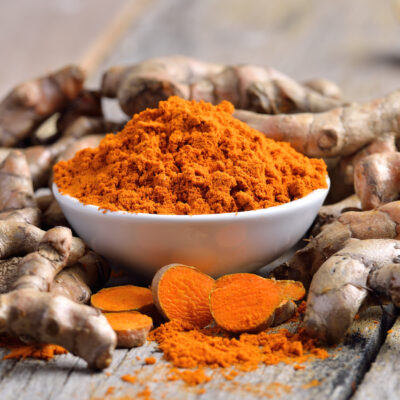
4 things to know about Bile Acid Synthesis Disorder (BASD)
BASD or Bile Acid Synthesis Disorder is a rare metabolic disorder that results from defects in the production of bile acids in the body. Bile acids are essential chemical compounds secreted in the liver. These are required for the absorption of fat and fat-soluble vitamins in the intestines.
Bile acid synthesis is a process that involves the breakdown and elimination of cholesterol in the body. Bile acid synthesis disorder results in the accumulation of excess bile acids, which lead to a lot of health complications, including organ failure. Read on to know more about BASD.
What causes Bile Acid Synthesis Disorder (BASD)?
Genetic mutations cause Bile Acid Synthesis Disorder (BASD). The mutations cause improper synthesis of cholic acid and chenodeoxycholic acid, which are two primary bile acids. These acids are synthesized by the liver. This process involves complex chemical reactions of 27 enzymatic steps inside hepatocytes, which are special liver cells. A specialized protein known as the enzyme is required at each step of the bile acid synthesis. This specific enzyme is produced by a gene associated with a specific bile acid disorder. BASD occurs when there is a mutation of a specific gene that is responsible for decoding a bile acid enzyme. This leads to low levels of this particular enzyme in the body, which causes low production of the specific bile acid, thus leading to a bile acid synthesis disorder.
What are the common symptoms?
In most cases of BASD, there is suppression or interruption of the flow of bile from the liver. Also, there is malabsorption of fat-soluble vitamins. In certain cases, there can be a development of progressive neurological disease. Some of the most visible symptoms that occur in most cases of BASD include jaundice, which is the yellowing of the skin and whites of the eyes. Additionally, a person with BASD may experience pain in the upper right side of the abdomen just under the rib cage. The other symptoms include nausea, vomiting, a loss of appetite resulting in weight loss, fatigue, fever, chills, and itching. Urine may appear to be light brown in color and stools may be clay-colored or greasy.
How is it treated?
There are four common treatment methods for Bile Acid Synthesis Disorder (BASD). These are prescription medications, hepatoportoenterostomy, Endoscopic retrograde cholangiopancreatography (ERCP), and cholecystectomy.
- Medications : Doctors prescribe medications to increase the bile flow from the liver. Antibiotics are given to treat any resultant infection.
- Hepatoportoenterostomy : This procedure is done whenever the bile ducts are blocked. With this surgery, bile is drained from the liver.
- ERCP : This surgery is done to check for gallstones in the bile duct. If gallstones are found, ERCP is used to remove these gallstones.
- Cholecystectomy : Single-incision cholecystectomy is done by making an incision in the belly button of the BASD patient. Three openings are made to insert laparoscopic instruments. With this surgery, the gallbladder is examined and removed.
Are there any home remedies for Bile Acid Synthesis Disorder (BASD)?
BASD is caused due to genetic mutations. There are no home remedies to treat this disorder. However, there are a few ways to alleviate some of the symptoms, such as the bile malabsorption caused by BASD. Bile malabsorption affects stools and sometimes it leads to watery stools. Medications such as cholestyramine, colestipol, and colesevelam are often recommended for this condition. Home remedies in the form of dietary changes can also help manage bile acid malabsorption. A low-fat diet works quite well in such cases. It is best to avoid eating food rich in fats. These include butter, margarine, fried food, breaded food, baked food, lunch meats, sausages, hot dogs, bacon, processed meats, and full-fat dairy products. Healthy fats such as avocados, salmon, sardines, almonds, and cashews can be added to the diet.


